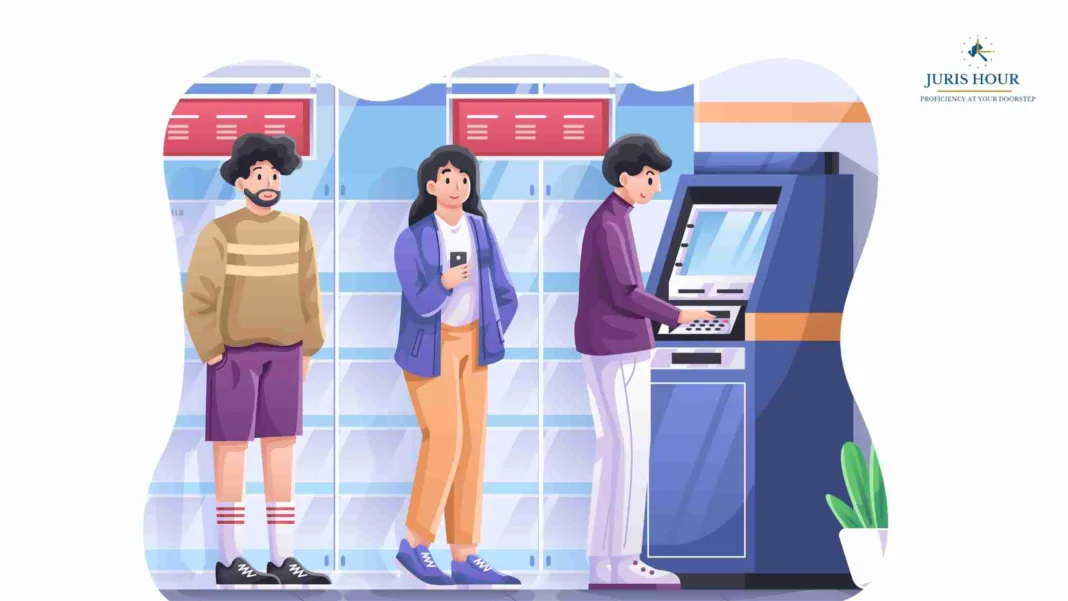In a move that directly impacts everyday banking for millions, the Reserve Bank of India (RBI) has revised the charges for ATM transactions, effective today, May 1, 2025. The most noticeable change: each transaction beyond the free limit will now cost up to Rs. 23, up from the earlier Rs. 21.
What’s Changing for You?
From today, bank customers will be entitled to a limited number of free ATM transactions each month:
- 5 free transactions (financial + non-financial) at your own bank’s ATMs.
- Metro city customers get 3 additional free transactions at ATMs of other banks.
- Non-metro customers can use other bank ATMs for up to 5 additional free transactions.
Once you exceed these limits, every ATM transaction—whether it’s a cash withdrawal, balance check, or PIN change—will cost up to ₹23, plus applicable taxes. This also applies to Cash Recycler Machines (CRMs), except when used for cash deposits.
Who’s Affected?
The revised rules are applicable to:
- All commercial banks
- Regional Rural Banks (RRBs)
- Co-operative banks
- White-label ATM operators
- Authorised ATM and card payment network operators
Why the Hike?
While the RBI hasn’t issued a formal explanation for the increase, analysts believe it reflects rising operating costs, ATM maintenance, and inflationary pressures. This is the second time ATM charges have been hiked since 2021.
What Is the ATM Interchange Fee?
Apart from user charges, there’s also an interchange fee—what one bank pays another when a customer uses an ATM not belonging to their bank:
- Rs. 19 per financial transaction
- Rs. 7 per non-financial transaction
So, for instance, if you’re an HDFC customer using an SBI ATM in Delhi and you’ve already used your 3 free non-home bank transactions, you’ll be charged by HDFC for every extra usage.
Bottom Line
Your ATM habits might need a rethink. With higher costs kicking in after the free quota, monitoring how often and where you use an ATM could help avoid unwanted charges.


